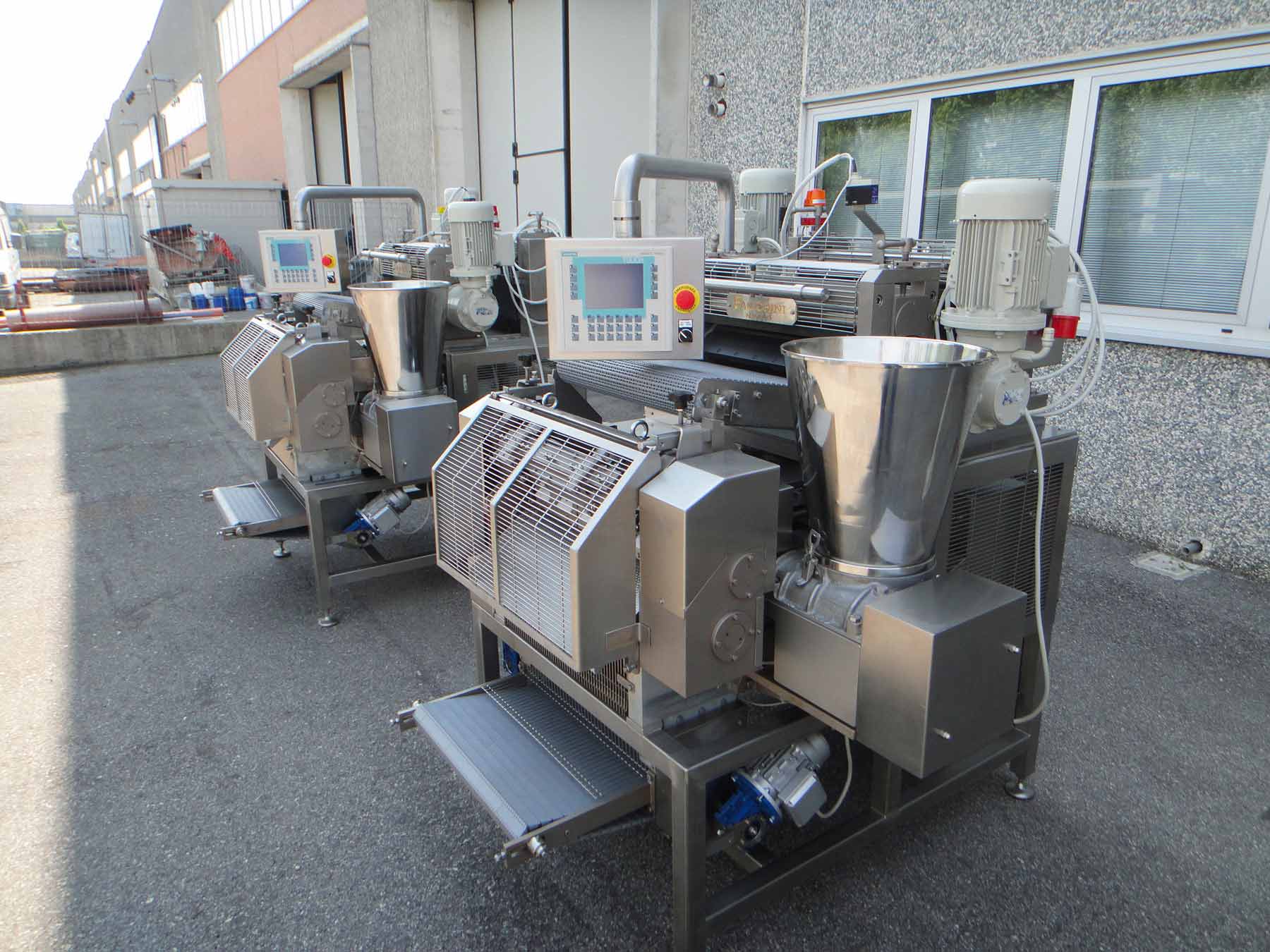The adoption of AI for software testing is transforming how today’s QA pipelines are built. Traditional test automation, while good in predictable situations, often struggles with things like dynamic websites, frequent changes to the user interface, and complex data flows. As release cycles get faster and more iterative, there’s a growing need for smarter automation that adjusts on its own. This is where self-healing test scripts using Machine Learning come into play as a foundational layer supporting robust error handling, faster runs and less manual work.
Self-healing automation systems integrate AI in testing by monitoring, analyzing, and resolving failed tests autonomously in real time. Unlike traditional scripts that halt execution when locator mismatches or DOM discrepancies occur, self-healing tests identify alternative methods to locate elements, update selectors such as XPath, and verify results using AI-driven logic models. The benefit is a significantly more resilient automation framework that maintains operability despite frequent UI modifications without requiring human adjustments for every change.
The rapid evolution of Agile and DevOps methodologies necessitates testing frameworks capable of autonomous adaptation. Integrating Machine Learning models not only reduces the frequency of test failures but also enhances the overall resilience and fault tolerance of the testing ecosystem.
Problems with Fragile Test Scripts
Test automation efficacy fundamentally depends on the reliability of test scripts during execution. A major hurdle in the extensive QA process is script fragility. Automated checks, especially those targeting the UI layer, often depend on fixed identifiers such as XPath, CSS selectors, or DOM element IDs. The challenge is that these identifiers are prone to alteration as developers restructure layouts, update UI components, or modify the DOM hierarchy.
Consequently, even minor structural or styling modifications at the UI layer can trigger numerous test failures, resulting in:
- False positives or negatives
- Increased debugging workload and locator maintenance
- Prolonged validation cycles
- Reduced confidence in automation effectiveness
Manual updates to test scripts are inefficient, especially in CI/CD environments characterized by frequent code integrations. The principal technical challenge is architecting a test framework capable of autonomously detecting these changes and adapting accordingly.
Traditional automation tools typically assume static UIs, making them insufficiently robust in rapid development contexts. As large-scale applications evolve with modular frontend architectures and micro-interactions, test scripts rigidly bound to static selectors are increasingly prone to failures during execution.
The prevalence of component-based libraries (such as React or Angular) introduces additional complexity with dynamic ID generation and conditional rendering, further diminishing script reliability across builds.
Introducing Self-Healing Test Scripts
Self-healing test scripts effectively represent the next evolution in automated testing. These scripts leverage Machine Learning algorithms and structural pattern recognition to detect failing test steps and autonomously remediate them by adapting to application structural changes.
Beyond the conventional approaches, self-healing frameworks often employ hybrid models combining both rule-based logic and AI inference to optimize healing precision. This synergy enables the detection of subtle UI changes and semantic shifts in element functionality, which traditional methods may overlook.
Additionally, integration with application telemetry data and user behavior analytics allows self-healing engines to prioritize critical interaction paths, ensuring higher reliability where it matters most.
Continuous monitoring and real-time feedback loops in scripts can greatly improve their adaptive nature. With the integration of anomaly detection methods, self-healing frameworks can predict probable issues long before they affect results and make necessary changes beforehand so as to reduce the chances of experiencing any kind of technical difficulties.
This forward-thinking way to tackle challenges makes automated testing shift from a rather reactive process into a system that predicts problems and stops them from happening, aligning with the continuous evolution of contemporary software development practices.
How Self-Healing Works?
Self-healing operates through an integrated mechanism combining Machine Learning models, historical execution data, and rules-based decision logic. The operational workflow includes:
- Baseline Creation: During initial test executions, the system captures pertinent execution metadata—element attributes, spatial relationships, and DOM configurations.
- Change Detection: If a test fails due to an absent or altered element, the AI engine performs differential analysis by comparing the current DOM snapshot against the stored metadata.
- Locator Substitution Proposals: Based on previously learned patterns, the model suggests alternative selectors, potentially leveraging text labels, DOM proximity, or sibling relationships.
- Automated Correction: Upon identifying a high-confidence match, test execution proceeds using the updated selector. Additionally, the system generates audit reports for further review.
- Learning Feedback Loop: Successful healing events are logged and incorporated into the training dataset, enhancing model inference accuracy over time.
This architecture enables tests to tolerate minor UI changes without workflow interruptions.
Machine Learning Models Behind the Scenes
To facilitate autonomous healing, developers implement various Machine Learning and NLP models, including:
- Classification Models: Categorize UI components and identify fallback options upon execution anomalies.
- Sequence Models: Predict probable element interactions based on user navigation data.
- Clustering Algorithms: Group structurally similar elements to propose fallback locators, mitigating error rates.
- Visual Recognition Models: Analyze rendered UI components for spatial, color, and shape consistency, supporting visual fallback mechanisms when DOM parsing is insufficient.
Training datasets typically encompass data from prior executions, element usage frequency, and historical pass or fail outcomes. Increased dataset volume over time improves inference precision.
Moreover, reinforcement learning techniques are occasionally employed to optimize substitution strategies based on cumulative rewards, such as uninterrupted test continuation. This approach enables the framework to autonomously refine healing logic across diverse application patterns.
Transformer-based NLP models analyze textual labels, placeholders, and ARIA attributes for semantic element identification when structural locators are unreliable, contributing to a robust fallback system complementing visual and DOM heuristics.
Advantages of Self-Healing Automation
Integrating AI-powered self-healing capabilities into automation pipelines delivers substantive enhancements in reliability, scalability, and resource utilization:
- Reduced Maintenance Overhead: Testers are not required to manually update locators, resulting in more stable automation workflows amid rapid development cycles.
- Accelerated Test Execution: Self-healing mechanisms allow test suites to proceed despite minor locator discrepancies, enabling prompt developer feedback and uninterrupted CI/CD deployments.
- Improved Test Stability: Dynamic resolution of locator failures reduces test flakiness and enhances the accuracy of test results.
- Cross-Platform Compatibility: Self-healing logic ensures consistent execution across diverse browsers and operating systems, improving fault tolerance.
- Comprehensive Audit Reporting: Centralized dashboards track healing actions, substitution confidence metrics, and failure incidences, facilitating traceability.
Implementation in Real-World Pipelines
Organizations adopting AI for software testing typically integrate self-healing within existing CI/CD workflows. A standard implementation involves:
- CI Server: Platforms like Jenkins or GitLab CI trigger test executions upon code commits.
- Test Executor: Frameworks such as Selenium or Cypress, augmented with middleware layers providing self-healing functionality.
- ML Engine: Backend services analyze test failures, apply intelligent healing, and record outcomes.
- Dashboard Interface: Centralized analytics visualize healing actions, confidence scores, and coverage.
Successful deployment requires persistent data storage, robust model training pipelines, and configurable thresholds governing selector substitution to prevent invalid replacements.
Tools That Enable Self-Healing Capabilities for Testing
Numerous test orchestration platforms have integrated native self-healing capabilities, often augmented by open-source tools and AI testing techniques. Criteria for selecting an appropriate solution include:
- Model interpretability and explainability
- Native integration with existing frameworks
- Confidence scoring and error handling
- User-centric reporting
- Cross-browser and mobile execution support
KaneAI by LambdaTest is an advanced GenAI-native testing assistant designed to simplify and accelerate quality assurance processes. It enables testers to write and manage test cases using natural language, eliminating the need for complex scripting.
It can generate, edit, and execute tests while integrating seamlessly with CI/CD workflows. With features like two-way editing, version control, and automated bug detection, it helps teams maintain reliable, scalable, and efficient test suites with minimal manual effort. Plus, KaneAI also offers self-healing capabilities.
Challenges and Considerations
Although self-healing automation has many advantages, there are a few technical issues that need to be resolved:
- Erroneous Healing: Excessively aggressive substitutions may mask critical failures. Establishing confidence thresholds and incorporating manual review processes is essential.
- Model Drift: Machine learning models degrade without continual retraining. Ongoing integration of recent execution data is necessary to maintain accuracy.
- Data Security: Execution data might hold sensitive information. It’s important to make sure data is properly anonymized and kept safe.
- Debugging Complexity: AI-driven scripts can function as opaque decision systems. Comprehensive logging and traceability are essential for diagnosing issues.
- Platform Lock-In: Some providers offer proprietary self-healing features that limit portability. Opting for extensible tools with open APIs facilitates flexibility.
Future of AI in Testing
Advancements in AI promise expansive roles beyond remediation, including:
- Predictive Testing: Leveraging AI to identify modules with high defect propensity based on code churn metrics.
- Automated Test Generation: Deriving test cases from user interaction patterns and historical defect locations.
- Contextual Defect Logging: Automatically landing comprehensive diagnostics—logs, stack traces, screenshots—upon failure.
- Cognitive Prioritization: Determining test importance based on risk exposure, feature usage frequency, and business impact.
Over time, AI in testing may evolve into fully autonomous closed-loop testing, encompassing script generation, execution, healing, and defect identification without human intervention, except for exceptional scenarios requiring expert analysis.
Conclusion
AI for software testing is no longer experimental; it is a critical enabler for robust, scalable, and efficient test automation. Self-healing test scripts powered by Machine Learning address the longstanding fragility of automated tests in dynamic applications. Teams striving for optimization and accelerated delivery increasingly recognize intelligent healing as indispensable in modern automation pipelines.
The incorporation of AI in testing empowers organizations to establish adaptive quality assurance ecosystems that evolve synchronously with the application, minimizing manual overhead while sustaining validation integrity throughout the development lifecycle.










